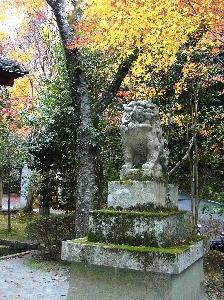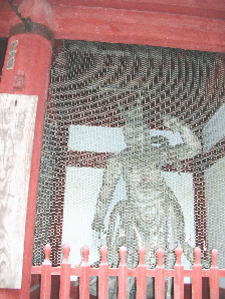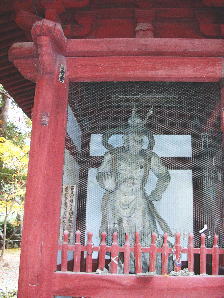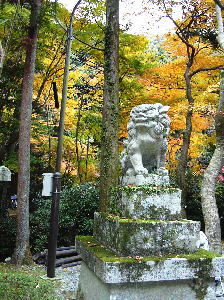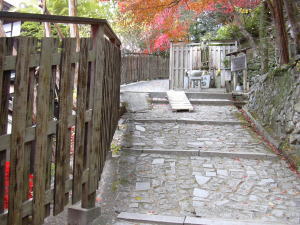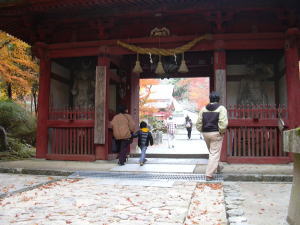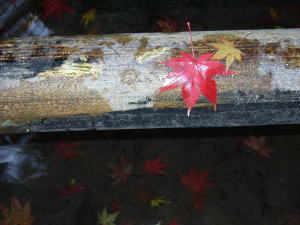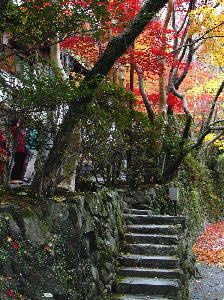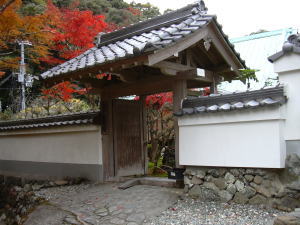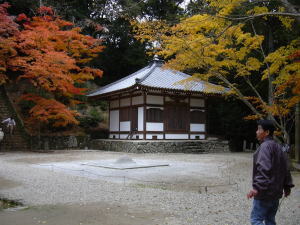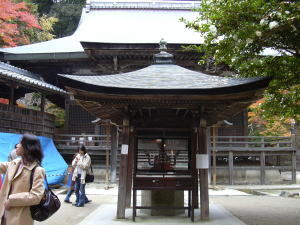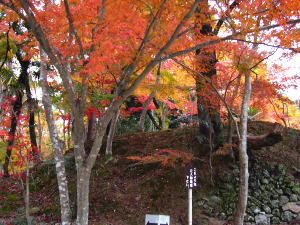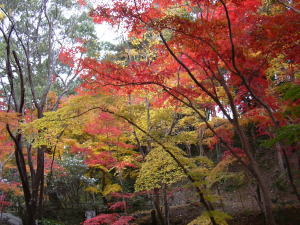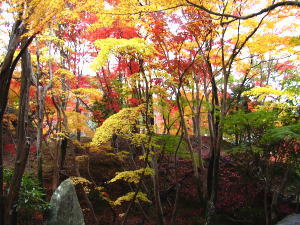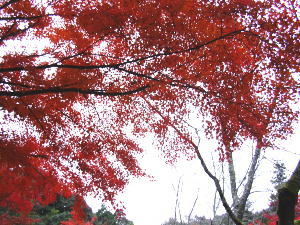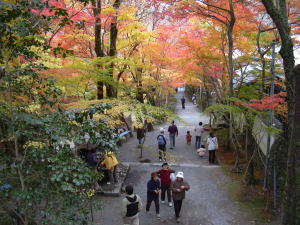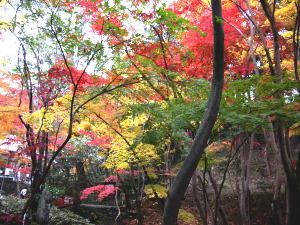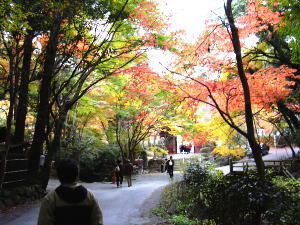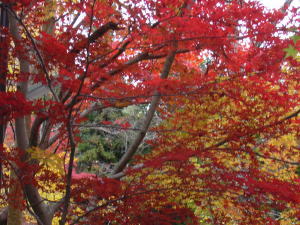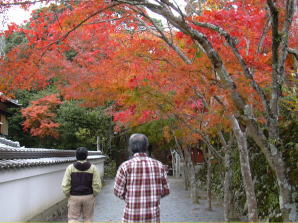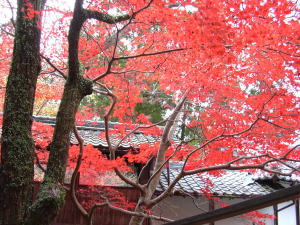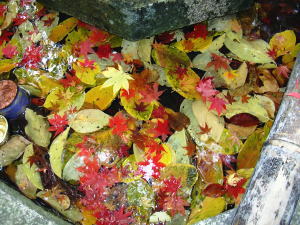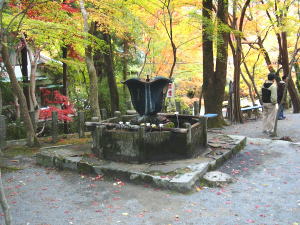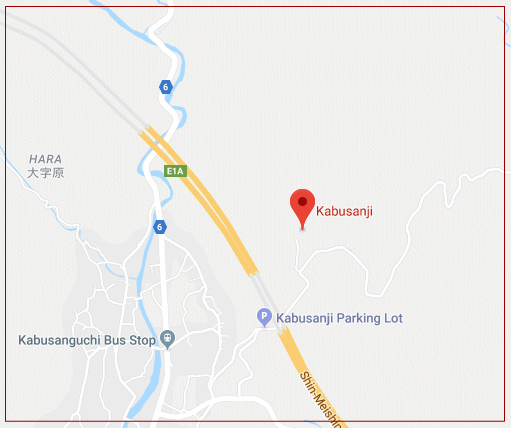Nature’s Miracle Artworking
When scorching summer is gone and the air chills enough, Nature prepares for a dazzling finale of its seasonal cycle. Vivid and deep autumnal hues and shades start colouring woods, mountains, and even your garden. Fascinating blends of young red, matured crimson, pale sanguine, bright vermillion... too many reds to name. And yellows, too. Refreshing canary, mellow amber, shiny gold, brownish straw... again, Nature’s palettes seem to have no limit.
Amazed and enthralled, you may want to eternally capture the coincidental harmony of shades and tones for your treasure box of memory... in form of photos, videos, or paintings. So that you can take them out for later viewing again and again. But, you will soon know any artificial copycatting never works, at least, perfectly. When it comes to rendering natural beauty, Nature is always the best painter.
Enhanced Indulgence with Fewer Viewers
So autumn will come. Where’s your pick for nice red leaves-viewing this year? Of course, you can join swarms at Kiyomizu Temple or Arashi Yama, mega sites in Kyoto, and be content with scarce glances over many human heads. Or determined not to go for people viewing but definitely nothing but the autumnal beauty, this temple would be a candidate! Various kinds of trees other than maples are in store here just because this is a mountain spot.
Kabusanji, literally meaning “Mt. Kabu Temple”, is located in a rural town in Takatsuki City in Osaka Prefecture, almost halfway between Kyoto and Osaka. Belonging to the Tendai Buddhist denomination and categorized as an ascetic training temple, its main image is “Vaishravana”, one of the Four Heavenly Kings in Buddhism.
Being an ascetic temple, it’s not for an easy-going picnic, or there are no fancy Omiyage (souvenir) shops. But, when finally arriving at the Koma Inu (guardian animals) standing entrance, after a little leg- and heart-teasing walk (for exercise-shy people), you'll be assured you're doing a right thing for your body and mind!
Kabusanji Temple Legend
Now here’s some little story for your mind while pleasing your eyes with colourful leaves. Namely, an ancient story about the temple that goes:
Once upon a time, there was a super ascetic named En No Gyōja (a famous figure appearing in many stories). One day, he was training himself in Mt. Katsuragi in Yamato (present Nara Prefecture) and spotted a golden light emission far away in the north.
Inspired, he moved toward it and reached a waterfall called “Nine-headed Dragon Fall”, where he met a heavenly being Konpira (Kumbhira in Sanskrit). The being told him to build a temple at the location, then, it carved four Vaishravana images out of a sacred tree.
One of the four images stayed at the constructed temple while the others travelled in the air to three different places: northeast to Mt. Kurama in Kyoto; the second to the south, Mt. Shigi in Nara; the fourth to the north peak of Mt. Kabu.
|
Actually, one Vaishravana image is enshrined at Kabusanji (for the first time in Japan), and another is kept in the inner sanctuary (Honzan-ji Temple) built on the north peak of Mt. Kabu. Both Kurama Temple and Shigisan-ji (or Chōgosonshi-ji) Temple have their images of this deity.
Vaishravana, Deity of Battle and Prosperity
You may wonder who’s the deity Vaishravana. Being one of the most popular deities enshrined in Japan, it’s called Bishamon Ten or Tamon Ten in Japanese. The name Tamon Ten literally means “a heavenly being who listens much”, probably derived from the original Sanskrit name. Just as other deities, this one originated from India and came to East Asia as a Buddhist deity.
So does this god listen to our complaints? Hope so, but changing its functions as time went by, the Japanese version of Vaishravana was once believed to be a patron of warriors. And the image often represents an ancient Chinese warrior clad with helmet and holding a miniature pagoda in the right hand and a cudgel in the left.
As an icon of courage and bravery, many warrior commanders used to worship the deity. For example, Uesugi Kenshin, who was also a Buddhist monk and apparently devoted to it, used the first Kanji character “毘” (of Bishamon Ten) on his battle banner. The one at Kabusanji Temple is said to have historically famous followers such as Kusunoki Masashige in the Northern and Southern Courts Period (1330 to 1393); Shogun Ashikaga Yoshimitsu in the Muromachi Period (1334 to 1573); and Matsunaga Hisahide in the Era of Warring States (ca. 1467 to 1573).
But what happened when warfare is over, and peace came to Japan? Apparently, people's interest shifted from hostility to prosperity, and Vaishravana began to have a new role: a patron of business. This sounds quite reasonable, considering the original Indian version was related to wealth. Moreover, as it's included among Shichi Fuku Jin or the Seven Lucky Gods in Japan, why not, naturally, many merchants used to pay homage to the deity.
Royal Connection to the Temple
Strolling around the temple, you’ll find two stone pagodas (towers enshrining important people). One is a thirteen-tier pagoda dedicated to Emperor Kōnin, keeping a portion of his bones and the other five-tiered one houses Prince Kaijō's pieces of hair, who was the emperor’s son and a monk. The emperor was also the father of Emperor Kammu, and the prince was his elder brother.
So what did they do for Kabusanji Temple? It was in 774 in the Nara Period (710 - 784), Kaijō moved from Katsuoji Temple (located in presently Minō City, Osaka Prefecture) to restore Kabusanji Temple, following the order of his father. He did so and became the head priest of the temple. After that, the temple became affiliated with the Tendai denomination, founded by Master Saichō, who was politically supported by the then Emperor Kammu, namely, Kaijō’s younger brother. Kammu transferred the capital from Nara to Nagaoka (present Mukō city), and then Kyoto (the capital of Heian).
But why the imperial family valued this temple, as there are so many temples in Kyoto and Nara? Probably because of its strategic position. As the temple was founded by a mountain ascetic, it might be part of an information network formed by hermits moving from one mountain range to another and providing a source to know what was going on outside the court.
|


